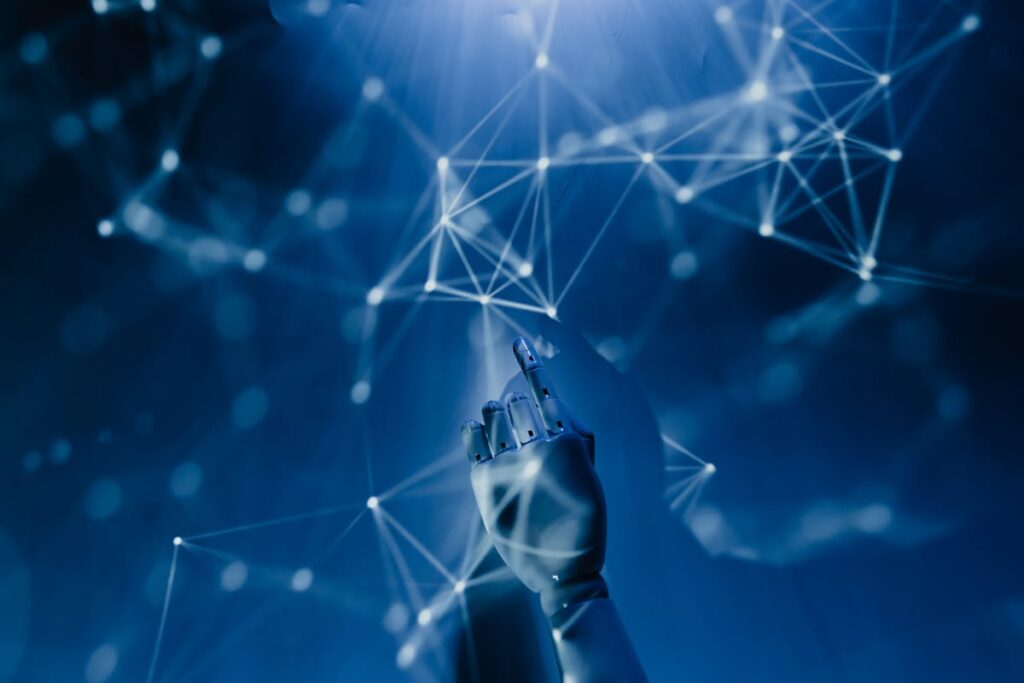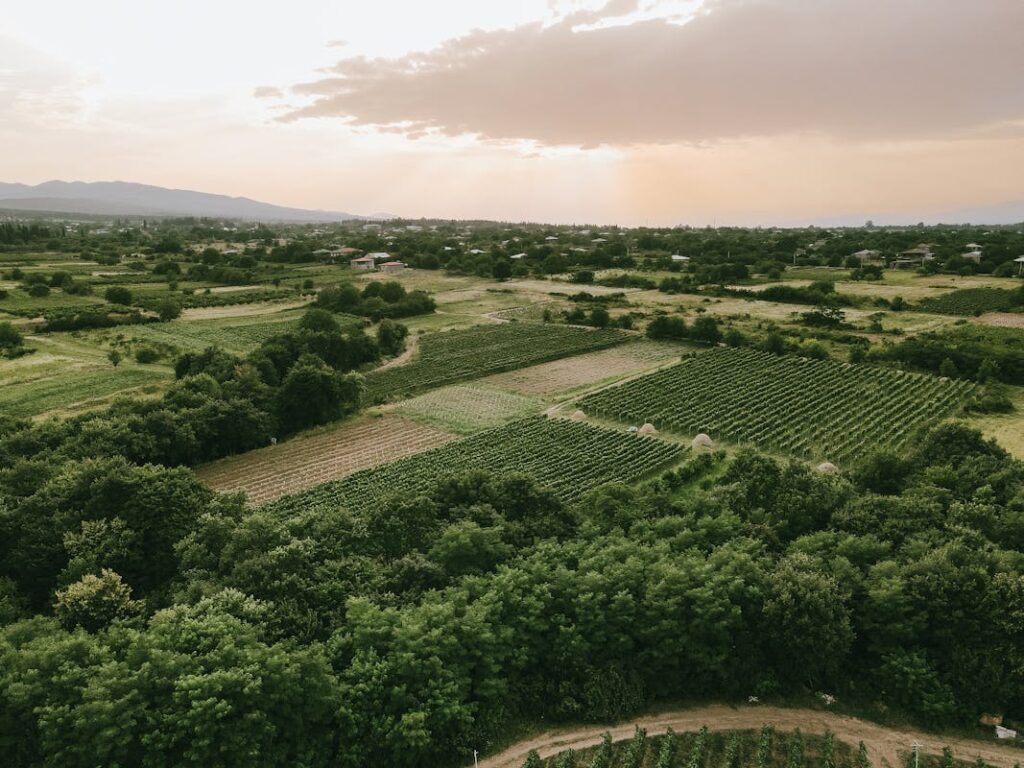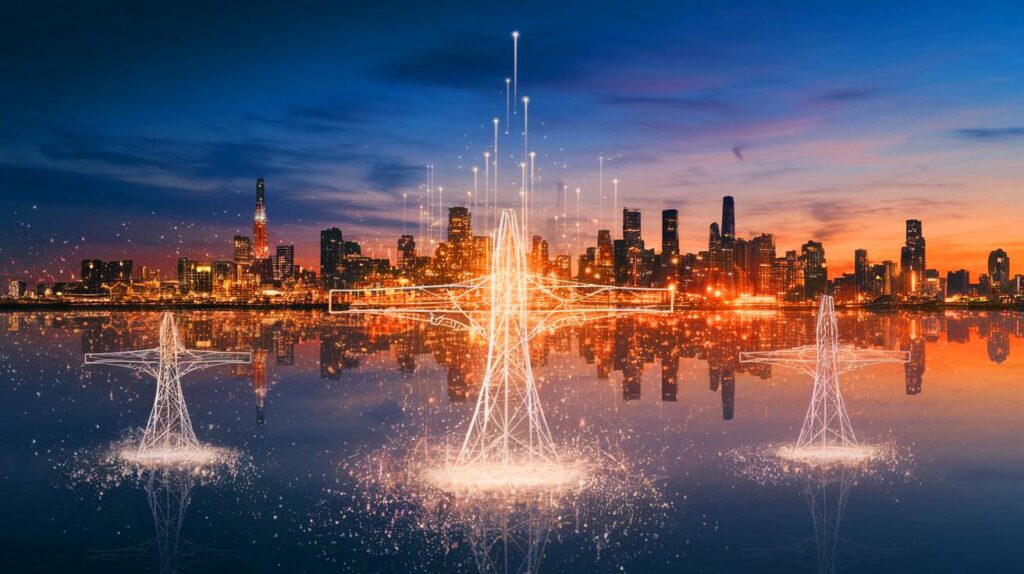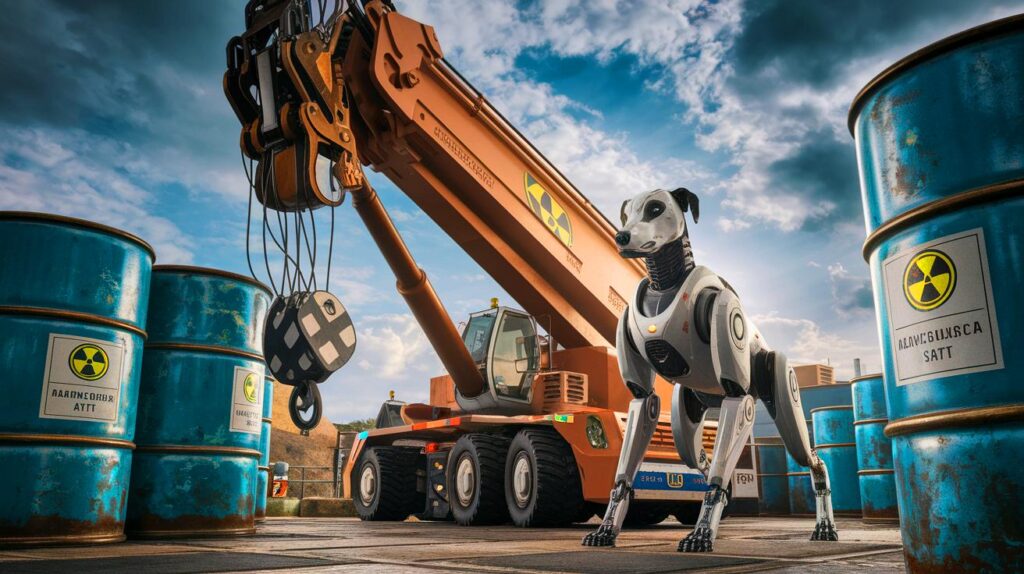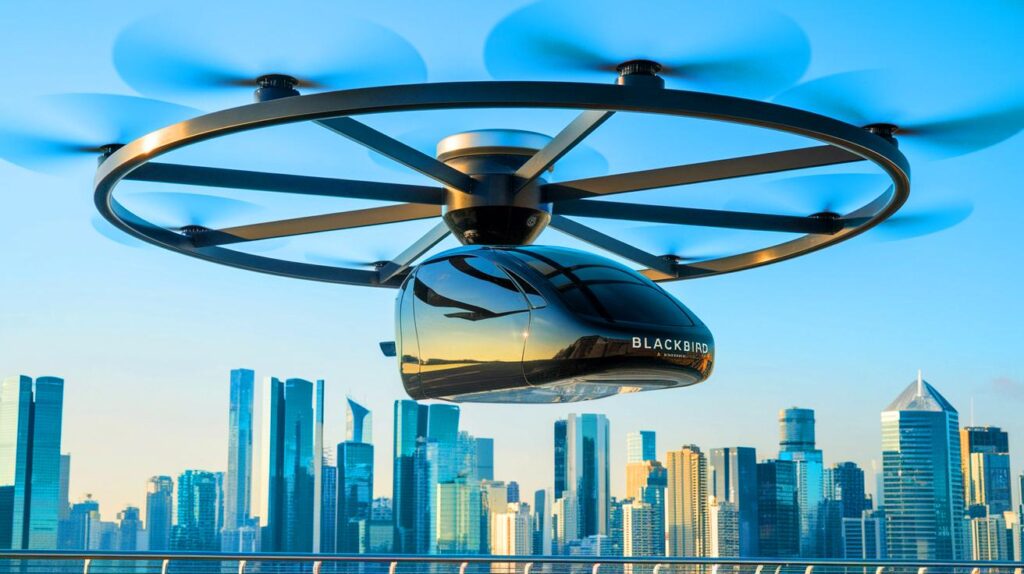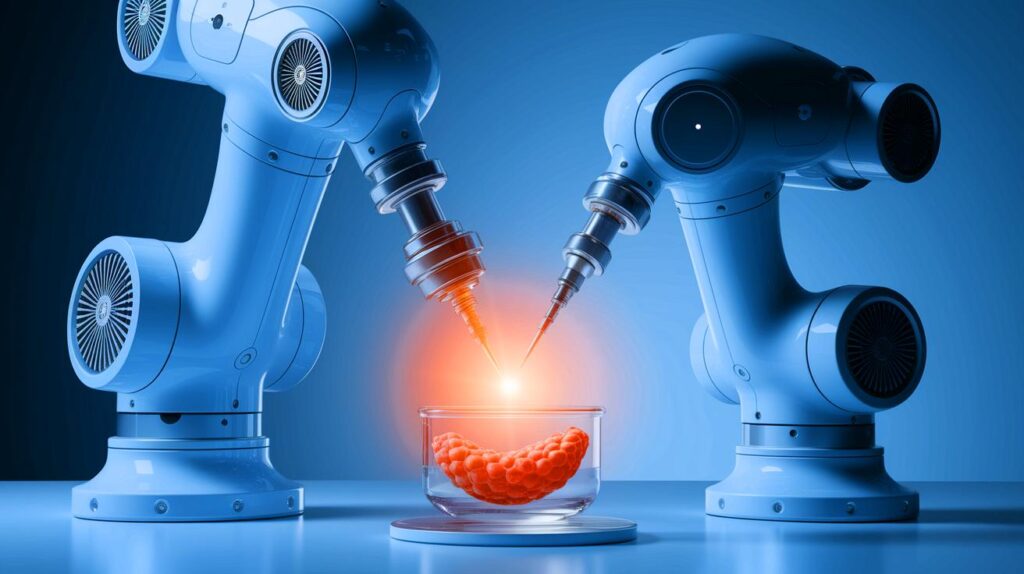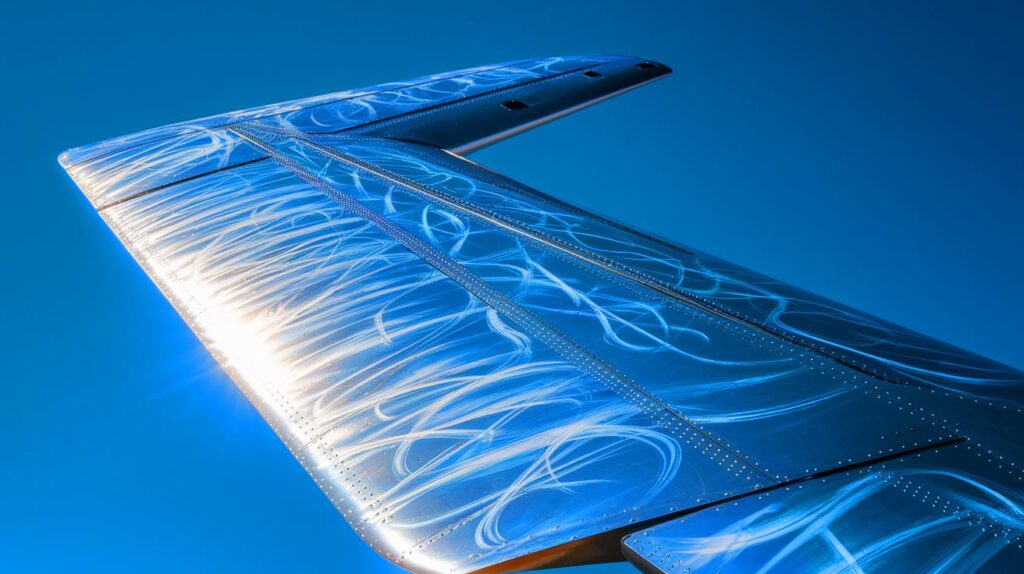Given the new responsibilities attributed to artificial intelligence every day, it’s easy to understand that it has not yet finished redefining the contours of our world. The use of AI is no longer limited to industrial automation or voice assistants in 2025. The domains of application of this powerful tool are now numerous. AI is penetrating unexpected aspects of our existence, offering increasingly astonishing solutions to existential questions and human problems. There is no longer any doubt that technology constantly pushes the boundaries of innovation.
1. AI In Online Casinos For Better Personalization
Online casinos now perfectly blend artificial intelligence with tailored tools to provide players with the best possible experience. AI has become a true ally for entertainment sites looking to offer a personalized experience to players.
For instance, the best online casino uses it to tailor bonus offers based on player behavior. It is also useful for detecting risky behaviors, helping prevent gambling addiction and fraud. Additionally, AI allows for real-time optimization of the user interface to provide an immersive experience tailored to player profiles.
2. Therapy Through AI – Robots That Heal Wounds
By 2025, AI is no longer seen as merely a tool for answering questions without emotions. Instead, it has transformed into a genuine emotional support system, capable of listening, understanding, and empathizing with the situations users face. It has become a loyal friend, a confidant, and a therapist for many people across the globe. Various platforms have evolved and are now capable of detecting early signs of depression and adapting their responses accordingly.
3. AI In The Film Industry For Scriptwriting
To reduce the time spent on writing a script and enhance the quality of the output, many streaming platforms and Hollywood have turned to artificial intelligence for co-writing. AI is used to analyze viewing trends, millions of scripts, and audience feedback to propose innovative narrative adaptations. Despite co-writing with human authors, several recent successes owe their popularity to AI, as it generated the basic structure.
4. AI For Predicting Natural Disasters
Integrating AI systems with satellite data has successfully warned against natural disasters such as flooding, earthquakes, and wildfires on several occasions. The accuracy with which this data has been provided has been remarkable. With real-time climate, seismic, and human activity data, NGOs and governments have repeatedly received timely alerts. This is particularly evident in Japan, where preventive evacuations are carried out in high-risk areas thanks to AI intervention.
5. AI In Restaurants For Personalized Menus
Do you dream of a restaurant where dishes are custom-made just for you? This is no longer just a dream; thanks to AI programs, it’s possible to generate menus based on each customer’s nutritional profile and preferences. This practice is becoming increasingly common in high-tech restaurants. The necessary information is gathered through questions or biological sensors. With this data, each customer receives a personalized experience and a well-balanced dish.
It is also possible to create spectacular recipes using certain apps that analyze what you have in your fridge, all while considering the positive impact that dish should have on your health.
6. Reinterpreting Ancient Artworks
Damaged works of art can now be digitally reconstructed to their original state from A to Z. In this way, AI contributes both to the restoration and the reconstruction of these artworks. Sometimes, artificial intelligence even extrapolates what certain pieces might have looked like if the artist had completed them. Primarily, Asian and European museums are leveraging this incredible tool.
Additionally, many individuals are using AI to create works inspired by great artists from another era, such as Picasso or Van Gogh.
7. Smart Agriculture Through AI
Predictive agriculture is developing thanks to AI, which assesses soil conditions and what it needs to be more productive. Farmers are using drones to manage fertilization, irrigation, and harvesting. These tools are IoT sensors with embedded artificial intelligence. They regularly analyze data to detect potential diseases and weather conditions in order to keep the soil as healthy as possible.

